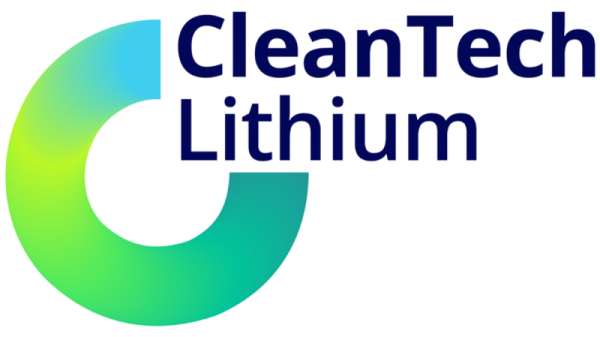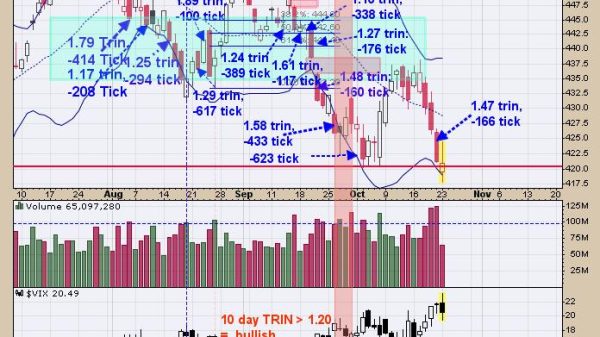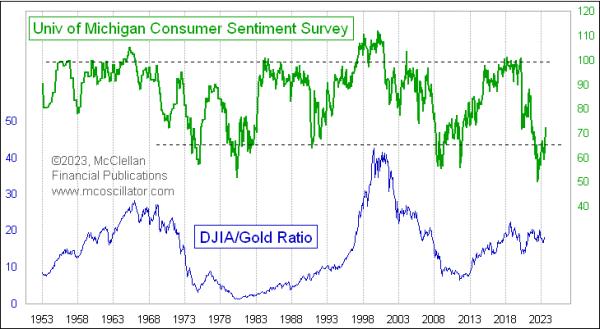US lawmakers took one step closer to federally legalizing cannabis on September 27, when the Secure and Fair Enforcement Regulation (SAFER) Banking Act was passed in front of the Senate Banking Committee.
The SAFER Banking Act is a revised version of the SAFE Banking Act, which sought to allow banks and credit unions to provide financial services and products to state-legal cannabis companies.
Cannabis market participants are hopeful about the move, but what does it mean for the industry? Read on to find out about the SAFER Banking Act’s history, its potential impact on cannabis companies and its path forward.
What is the history of the SAFER Banking Act?
The SAFER Banking Act was first introduced in 2017 under its previous name, and has been passed in the House of Representatives seven times. It was presented as a standalone measure twice, and was attached to five other bills, acts and amendments. The most recent attempt to pass the act came on July 14, 2022, when it was attached as an amendment to the National Defense Authorization Act (NDAA) for 2023. At that time, Republican Senator Mitch McConnell called for the removal of the SAFE Banking Act, and it was not included in the final version of the NDAA.
This time around it gained bipartisan support, despite facing some opposition from GOP members. The Senate Banking Committee approved the act with a tally of 14 votes in favor and nine against. With the committee’s approval, the act can now pass to the Senate floor, which Senator Chuck Schumer plans to do “as quickly as possible.’
But with key Republican senators fiercely opposed to reforming federal cannabis laws, many fear the SAFER Banking Act’s Senate journey will end there. Indeed, a group of Republicans led by Senator Pete Ricketts (R-NE) has already penned a letter to Senate Majority Leader Chuck Schumer, vowing to oppose a vote regarding the act.
For their part, cannabis businesses are eager to see progression. Companies in US states where the product is legal have struggled to find banks to provide the services they need to thrive, such as loans, lines of credit, business credit cards and even bank accounts. Without regular financial services that other legitimate companies have access to, these enterprises have been forced to deal primarily in cash, which has increased the risk of loss and theft, easily enabled criminal activity like money laundering and left law-abiding business owners in a cloud of uncertainty.
Although some American cannabis companies have managed to find institutions to bank with, they constantly face the possibility of regulators closing their accounts due to a lack of compliance with federal cannabis laws. They have also had to pay higher fees due to the increased level of risk.
What has changed about the SAFER Banking Act?
Given the SAFER Banking Act’s lengthy history, what changes are helping it move forward now? Weeks-long discussions have been productive, with senators finally appearing to reach a middle ground.
The most recent revision added the word ‘regulation’ to the Act’s title to address concerns that Republicans raised over ambiguous wording that left room for illegal activity to occur under the act’s protection. The final amendment to Section 10 stipulates that federal regulators cannot discourage banks from conducting business with cannabis companies, and cannot order the closure or investigation of ‘high-risk’ accounts without due cause; it also states that banks have to have measures in place that flag suspicious activity in high-risk accounts. Aside from that, there is text within Section 10 that addresses the need for broader access to banking products for small- and medium-sized businesses, and a segment that requires depository institutions to serve rural and low- and moderate-income communities.
That said, even the latest version of the act has ruffled a few feathers — senators on both sides of the aisle have spoken out regarding changes they’d like to see, particularly when it comes to Section 10. For now, all market watchers can do is wait for a date to be set for a Senate floor vote.
What does the SAFER Banking Act mean for investors?
While this momentum for the SAFER Banking Act is positive, cannabis stocks had a muted reaction.
Immediately following the vote, several cannabis companies, including Canopy Growth (TSX:WEED,NASDAQ:CGC), Tilray (TSX:TLRY,NASDAQ:TLRY) and Curaleaf Holdings (CSE:CURA,OTCQX:CURLF), rose between 1 and 7 percent.
Cannabis exchange-traded funds (ETFs) were up too, with the ETFMG Alternative Harvest ETF (ARCA:MJ) and the Global X Cannabis ETF (NASDAQ:POTX) seeing modest share price increases in the aftermath.
However, companies across the board were lower than they started by the end of the business day.
This kind of volatility is no surprise in the cannabis market. While the exciting prospect of banks being able to freely provide services to cannabis companies sent share prices rising initially, the realization that the Republican-majority Senate is unlikely to approve the act has investors remaining cautiously optimistic.
What’s next for the SAFER Banking Act?
So far, no date has been set for a Senate vote on the SAFER Banking Act, and it’s likely that further amendments will be made before the final version is voted on. If the act gets the 50 votes required to pass in the Senate, an identical version will need to pass in the House before it goes to the President Joe Biden to be signed into law. With the threat of a government shutdown looming, a vote on the act likely won’t happen until 2024.
At this stage, it’s impossible to predict the future of the act, or the exact effects its success could have on the cannabis industry in the US. For now, all eyes are on the GOP. Exciting times are ahead as cannabis market participants wait with bated breath to see what unfolds with the SAFER Banking Act.
Securities Disclosure: I, Meagen Seatter, hold no direct investment interest in any company mentioned in this article.





























